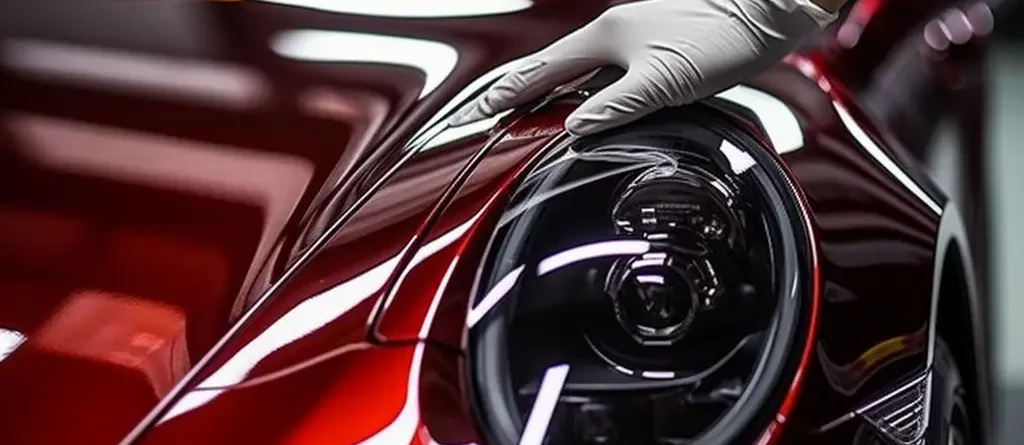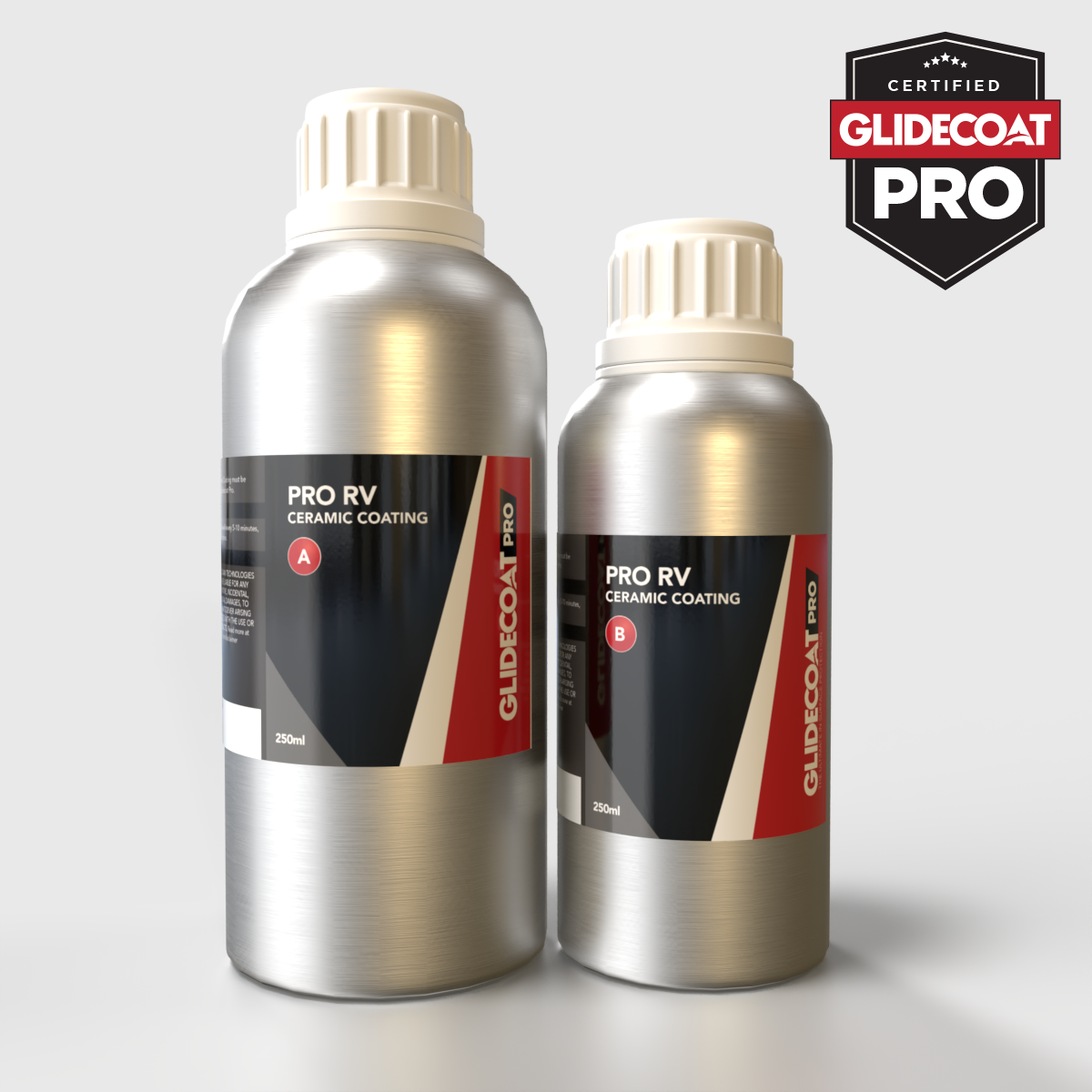Ceramic Coating: The Latest Solution for Protecting Your Car’s Paint from Extreme Elements
Ceramic Coating: The Latest Solution for Protecting Your Car’s Paint from Extreme Elements
Blog Article
Ceramic Layer vs. Conventional Wax: Which Uses Better Defense?
The dispute in between ceramic layer and standard wax for automobile protection is one that advantages mindful evaluation, particularly in terms of resilience, resistance to environmental aspects, and total upkeep needs. While ceramic coatings assure extended long life and premium defense versus a range of threats, standard wax may appeal to those looking for a much more affordable, albeit short-term, solution.
Review of Ceramic Covering
Ceramic finish has actually obtained considerable appeal among automobile enthusiasts and experts alike for its sophisticated protective high qualities. This innovative remedy contains a fluid polymer that chemically bonds to the lorry's factory paint, developing a durable layer of protection. Unlike standard wax, which generally lasts for a couple of weeks to months, ceramic coatings can supply durable protection for a number of years, depending on the product used and application technique.

While the first cost of ceramic coating might be greater than that of traditional wax, the long-term benefits, including durability and decreased maintenance frequency, often validate the investment. As automobile technology remains to progress, ceramic coverings have actually emerged as a recommended choice for those looking for optimal security and long life for their automobiles.
Introduction of Traditional Wax
The attraction of typical wax hinges on its simpleness and convenience of usage, making it a preferred option amongst cars and truck proprietors seeking to improve their vehicle's look and give a standard level of security. Generally stemmed from natural carnauba or artificial polymers, conventional wax develops a thin protective layer over the paintwork. The application procedure is straightforward, frequently entailing a straightforward rubbing with a microfiber cloth, making it accessible to both beginner and experienced users.
Standard wax items are readily available in various formulas, each created to accommodate details demands, such as enhancing shine or supplying water beading. The adaptability of wax permits usage on various surface areas, including paint, glass, and also plastic trim. While the application can be done by hand or device, the secret is to make certain a tidy surface for ideal adhesion.
Nevertheless, one notable attribute of conventional wax is its relatively brief lifespan contrasted to contemporary choices. Typically offering protection that lasts from a couple of weeks to a few months, frequent reapplication is needed to maintain its efficiency. Regardless of these limitations, traditional wax remains a popular option for vehicle enthusiasts that appreciate the visual improvement it offers.
Trick Protection Attributes
When taking into consideration paint security for vehicles, it's crucial to recognize the vital functions that identify conventional wax from even more innovative alternatives like ceramic finishings. One of the key safety qualities of ceramic finishes is their toughness. Unlike wax, which normally lasts a few weeks, ceramic layers can endure for several years, giving lasting security versus ecological contaminants.
Ceramic coverings create a hydrophobic surface area, fending off water and protecting against dust, crud, and various other debris from sticking to the paint. This function not just improves the lorry's look yet also minimizes the frequency of cleaning. Additionally, ceramic finishings offer superior UV protection, securing the paint from unsafe sunlight direct exposure that can lead to fading and oxidation.
On the other hand, typical wax supplies a more momentary barrier versus components but does not have the resistance to scratches and chemical spots that ceramic layers supply. While wax can enhance gloss, its protective capabilities are limited, particularly versus harsher ecological variables such as bird droppings, tree sap, and roadway salt. In recap, the crucial security functions of ceramic coverings considerably outshine those of traditional wax, making them an exceptional selection for long-lasting lorry care.
Application Process Comparison

In comparison, the application of ceramic layers is useful link more intricate and time-sensitive, typically requiring professional aid for ideal outcomes. The automobile's surface should be meticulously cleaned up, decontaminated, and brightened to get rid of flaws before the finish is applied.
Inevitably, the option in between wax and ceramic finish pivots not just on protection degrees but likewise on the time, knowledge, and sources readily available for their corresponding applications. - ceramic coating
Expense Analysis and Durability
Expense plays a significant function in the decision-making process in between conventional waxes and ceramic layers. Ceramic finishings generally command a higher ahead of time financial investment, varying from $500 to $2,000 depending on the quality, brand, and professional application solutions. This first cost can be associated to the sophisticated innovation and products made use of in ceramic formulas, which supply premium toughness and protection.
In contrast, traditional waxes are a lot more economical, typically costing in between $20 to $100 for DIY applications. However, the longevity of wax items is limited, commonly calling for reapplication every few months to keep their safety high qualities. This reoccuring cost can build up gradually, making wax less cost-effective over time.
Ceramic finishes, while much more expensive at first, supply long-lasting results, usually going his comment is here beyond 2 to five years with correct maintenance. This longevity can give significant financial savings in time, particularly for lorry owners who prioritize security and aesthetic conservation - ceramic coating. Ultimately, the choice in between conventional waxes and ceramic finishes need to think about both initial costs and long-lasting value, factoring in the maintenance needs and desired security degree for the vehicle
Final Thought
In recap, ceramic finishes offer premium security for car paint contrasted to conventional wax, offering enhanced toughness, resistance to ecological factors, and hydrophobic homes. While the first investment for ceramic finishes is greater, their longevity and lowered maintenance demands justify the expense. Eventually, for those seeking long-lasting vehicle treatment and protection, ceramic coverings represent a much more reliable remedy than standard wax, which supplies just temporary benefits.
The dispute in between ceramic layer and typical wax for vehicle protection is one that merits careful exam, especially in terms of resilience, resistance to ecological aspects, and general maintenance requirements.When thinking about paint security for lorries, it's necessary to recognize the essential functions that differentiate conventional wax from more sophisticated options like ceramic coverings. In recap, the key great site protection attributes of ceramic coverings considerably outshine those of typical wax, making them a remarkable option for lasting automobile care.
Ultimately, the option between traditional waxes and ceramic layers ought to consider both first costs and long-term worth, factoring in the upkeep needs and preferred protection degree for the automobile.
In summary, ceramic coverings supply superior protection for car paint contrasted to conventional wax, offering improved sturdiness, resistance to environmental elements, and hydrophobic residential properties.
Report this page